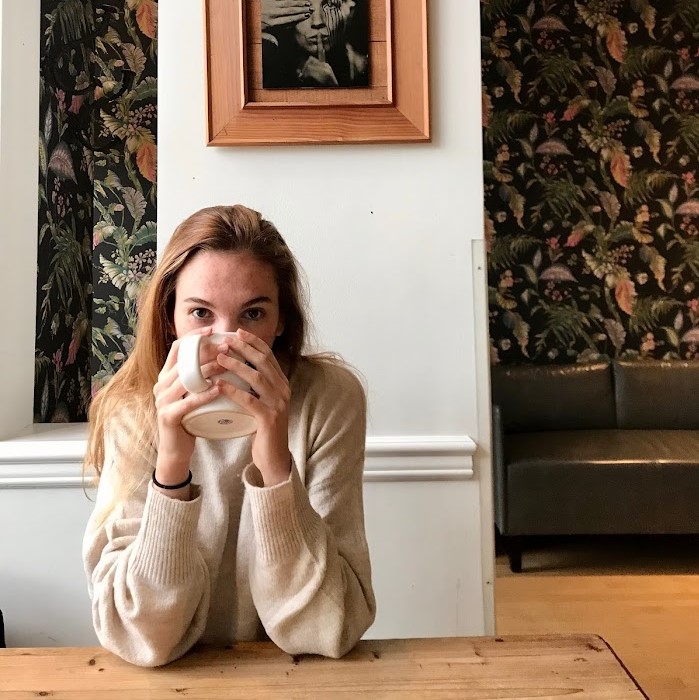More about Legend
- All
- Info
- Shop

Contributor
While Emil Nolde focused on depicting religious themes in his early work, Legend demonstrates a shift by the artist in the 1930s.
Instead of painting Jesus and Friends, Nolde turned his attention to ancient Germanic warriors. How fitting, since Nolde was a proponent of the Nazi party. Speaking of, during the time frame that Nolde began this work, he had some pretty interesting interactions leading up to his participation with hate.
In 1930, Nolde befriended a Jewish couple while visiting the island of Sylt. Ironically, just three years later he attended Hitler’s putsch in Munich as a guest of honor to Heinrich Himmler and becoming a member in 1934. It gets worse. Following his involvement with the Nazis, Nolde wrote the second portion of his autobiography, “Jahre der Kämpfe” (Years of Struggle) where he explicitly calls out the Jewish people and blames them for their supposed dominance of the art world. Barf. This coming from the man who only four years earlier befriended a Jewish couple during his travels. In my opinion, dude lost his mind.
Yes, Emil Nolde is today considered a master of color, using his ability to manipulate the spatial plane of the canvas to respond directly to the viewer’s emotion. Color is Nolde’s gift to the world and Legend is another example of the artist’s superb ability to convey a story through a dramatic use of the color. But I’m sorry. I know there are a lot of problematic artists in our history, but being a Nazi sympathsizer, and worse member, until the bitter end puts Nolde’s artwork into perspective. His token as the master of color cannot outweigh his involvement with one of our world’s greatest tragedies. But here we are, I give you Emil Nolde’s Legend, an expert display of color, but with a heavy dose of historical reality. Sorry to burst your bubble.
Sources
- “Emil Nolde.” Artnet. Accessed January 5, 2020. http://www.artnet.com/artists/emil-nolde/.
- “Emil Nolde.” The Solomon R. Guggenheim Foundation Collection Website. Accessed January 5, 2020. https://www.guggenheim.org/artwork/artist/emil-nolde.
- “Emil Nolde Biography.” Nolde Foundation SEEBÜLL. Accessed January 5, 2020. https://www.nolde-stiftung.de/en/nolde/biography/.
- Jumeau-Lafond Jean-David. “Emil Nolde (1867-1956).” The Art Tribune. November 11, 2008. Accessed January 5, 2020. http://www.thearttribune.com/Emil-Nolde-1867-1956.html.
- Schwabsky Barry. “The Perfect Victim: How should we remember the art of Emil Nolde?” The Nation. September 19, 2019. Accessed January 5, 2020. https://www.thenation.com/article/emil-nolde-hamburger-banhof-review/.














